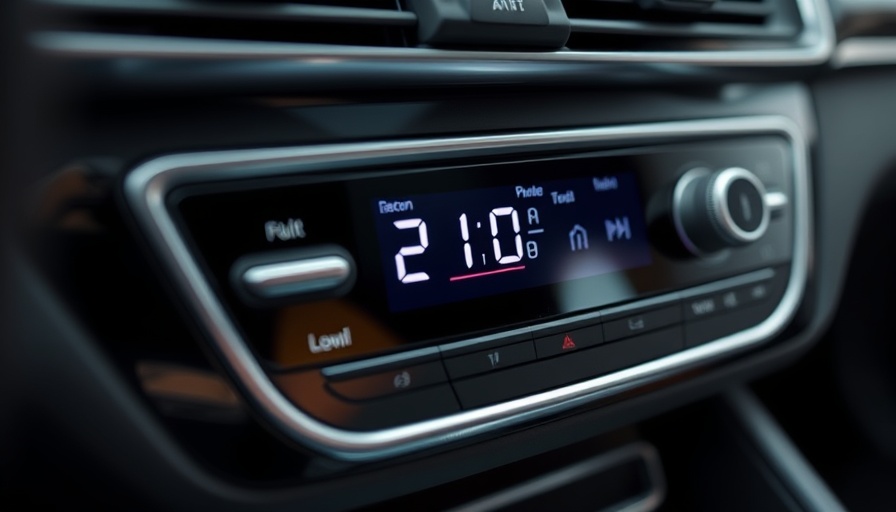
Understanding Concrete Disposal: The Key to Sustainable Home Projects
When it comes to home improvement, concrete plays a vital role in many projects, from driveways to decorative patios. However, what many DIY enthusiasts might overlook is the proper disposal of concrete after a project. As it turns out, disposing of concrete isn't just about convenience; it's about environmental responsibility.
Concrete is heavy and bulky, and without proper disposal methods, it can lead to overflowing landfills, taking up unnecessary space and causing environmental issues. The last thing we want is to contribute to our already burdened waste systems. That's why it's important to know how to get rid of concrete responsibly.
Why Proper Concrete Disposal Matters
Not only does improper concrete disposal waste valuable space, but it can also pose health risks. According to demolition expert Louis Fiore, concrete contains dangerous materials like lime and silica, which can be harmful to breathe when in dust form. Thus, removing concrete must be done carefully to minimize risks. Whether you're a seasoned DIYer or just stepping into the world of home renovation, understanding proper disposal methods can save you from potential hazards.
Local Regulations: Know Before You Toss
Each state has different regulations regarding concrete disposal. Generally, most municipal landfills do not accept concrete due to its non-biodegradable nature, so you will need to locate a recycling center dedicated to handling construction debris. Contact your local public works department for guidance on where to take your concrete. Remember that clean concrete is non-hazardous, but any contaminated concrete with lead paint or other hazardous materials must be treated accordingly. Always check with your local environmental agency to ensure compliance with disposal laws.
Adopting Smart Disposal Practices
Fortunately, there are eco-friendly practices to dispose of concrete that not only help the planet but can support your DIY home projects as well. Here are a few methods:
- Recycling Centers: Take your clean, unpainted concrete to a recycling center where it can be crushed and repurposed into gravel or mixed with asphalt for road construction.
- Use a Dumpster Service: Rent a Construction and Demolition (C&D) approved dumpster for your project. These companies typically handle the heavy lifting and disposal for a fee.
Both options provide constructive uses for your concrete rather than allowing it to pile up in a landfill.
Your DIY Home Improvement Projects Made Better
Incorporating sustainable practices into your DIY home projects not only improves the overall well-being of the environment but adds a sense of accomplishment to your renovation endeavors. Each time you find a responsible way to dispose of concrete, you contribute to a healthier planet and demonstrate good stewardship for your community.
Final Thoughts: Embracing Responsibility in DIY
Managing concrete disposal may seem challenging, but with the right information, it doesn't have to be! Knowing where and how to dispose of concrete is key to a successful and eco-friendly home renovation.
So, the next time you embark on a DIY project involving concrete, remember to plan for disposal as carefully as you plan for installation. Your efforts won’t just beautify your space—they’ll contribute to a more sustainable future.
 Add Row
Add Row  Add
Add 




Write A Comment